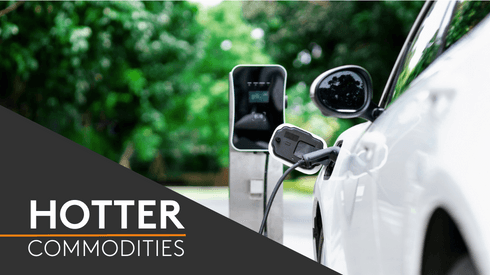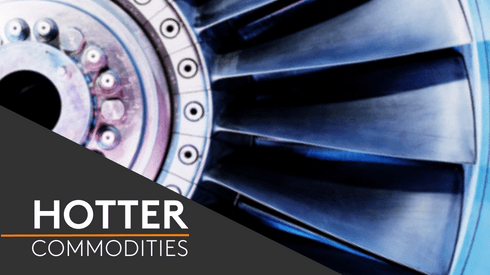Fastmarkets assessed the twice-weekly price for cobalt 99.8% Co min, ex-works China at 180,000-220,000 yuan ($24,828-30,345) per tonne on Friday, narrowing down by 10,000 yuan from 180,000-230,000 yuan on Wednesday.
The price is now at an eight-year low, and the lowest since July 22, 2016 when it fell to 180,000-204,800 yuan per tonne.
The drop on the high end of the price range was primarily due to a decrease in market prices for alloy-grade cobalt brands. Under pressure from increasing cobalt metal supply, sellers of alloy-grade brands are reducing their ex-works prices to make their premiums over standard-grade cobalt more acceptable to downstream consumers, according to sources.
Recent launches of new cobalt metal production projects by major battery producers have also contributed to the recent price weakness.
Chinese battery material producer CNGR Advanced Materials announced in a public notice that it delivered its first batch of cobalt metal products on July 22. The company stated that its new cobalt metal production lines have a capacity of 2,000 tonnes per year.
Another Chinese battery metals producer, Lygend Mining, plans to release its first batch of cobalt metal in August. The metal will be produced in Indonesia from mixed hydroxide precipitate (MHP), and the site has a production capacity of 4,000 tpy. This cobalt metal could be exported to the US or Europe, with some possibly being sold back to China, according to a company source.
Such production plans have caused the domestic market to become increasingly oversupplied, leading to sluggishness throughout 2024. Numerous producers have expanded their production capacities or introduced new cobalt metal production, exacerbating the surplus and creating further downward pressure on prices.
Fastmarkets analysts forecast that domestic cobalt metal supply in China will reach 32,000 tonnes in 2024, compared with 21,000 tonnes in 2023.
As a result of the sharp supply increase, Chinese cobalt metal exports surged by 184% in the first half of 2024.
Despite significant exports, domestic demand has failed to keep pace with the supply surge, leading many market participants to expect long-term price weakness.
“Cobalt demand is very limited, especially now when the downstream magnetic materials sector is weak. The demand-supply imbalance is hard to resolve, and I see little chance of a significant rebound under these market conditions,” a cobalt trader said.
“Many new cobalt metal brands have been released this year, giving downstream consumers more options. With many having the same cobalt content and similar quality, competition could lead to price wars,” a second cobalt trader said.
Our cobalt prices are market-reflective, unbiased, IOSCO-compliant and widely used across the energy commodity markets. Track cobalt commodity prices daily with Fastmarkets. Find out more.





